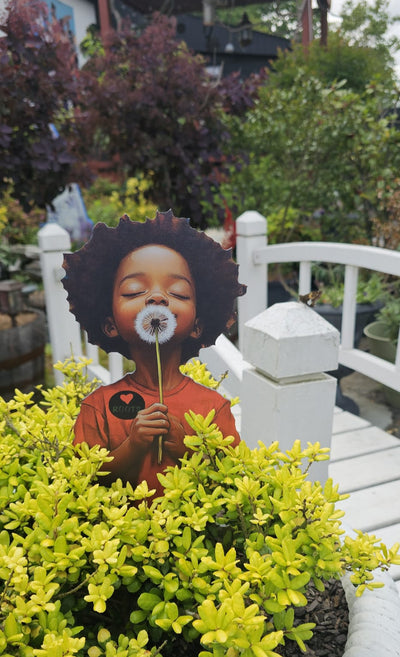BAIA BITS: Laura Wheeler Waring
BAIA BITS
Harlem Renaissance artist Laura Wheeler Waring was best known for her portraits of such prominent African Americans as W.E.B. DuBois, James Weldon Johnson, Mary White Ovington, and Marian Anderson. Some may also know that the Hartford, Connecticut native was among those whose work was celebrated in the first major exhibit in history to showcase only Negro artists held at the Harmon Foundation in 1928.
But what many may not know is that Waring—a teacher at the all-Black Cheyney Training School for Teachers in Philadelphia—established and developed the art and music departments at what would later become Cheyney University. She would go on to chair both departments at Cheyney for 30 years.
Born in 1887 to Robert and Mary Wheeler, Waring was raised by a father who pastored the first all-Black church in Connecticut, and a mother who was an educator and amateur artist. Consistently, her parents instilled in her both a love for art and education and, after exhibiting her skills in painting and academics at Hartford Public High School, she attended the Pennsylvania Academy of the Fine Arts. Upon graduating in 1914, Waring received the A. William Emlen Cresson Memorial Travel Scholarship and left for Paris to study art at the Louvre before returning to the States and becoming a teacher at Cheyney at the onset of World War I. While teaching, Waring continued to work on her art and travel to Europe where she learned techniques in romanticism and impressionism. Back in Paris, in 1924, she exhibited several paintings in the city’s art galleries and her reputation spread throughout Europe.
After her inclusion with other prominent artists of the Harlem Renaissance in the 1928 Harmon Foundation exhibit, Waring focused on portraiture celebrating Black American notables and on landscape paintings inspired by her travels to France and Africa. Though her portraits received international acclaim—ultimately displayed in such major institutions as the Brooklyn Museum, the Philadelphia Museum of Art, the Corcoran Gallery, the Howard University Gallery of Art, and the Smithsonian National Portrait Gallery—Waring generally shunned publicity, instead, devoting herself to the students she served daily.
Laura Wheeler Waring died in Philadelphia on February 3, 1948 after a lengthy illness.
BAIA BITS are produced in part by the generous support of our Patreon members with a special shout out to Zadig & Voltaire.
























